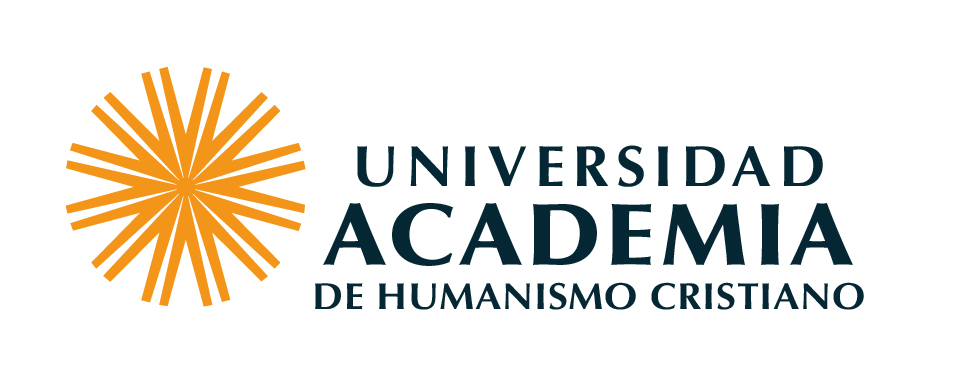Backward bottlenecks :
Webster, David L.
Backward bottlenecks : ancient teosinte / maize selection. - Chicago University of Chicago 2011 - pp. 77-104
En: Current Anthropology. Vol. 52, No. 1, 2011. pp. 77-104.
Teosinte, the putative ancestor of maize, is rarely found in early Mesoamerican archaeological deposits, and maize later took a very long time to develop big ears and to become an effective staple grain. These patterns are best explained by the hypothesis of early nongrain use. Consumption of teosinte or maize for stalk sugar or as a green vegetable created reverse bottlenecks at odds with the default assumption that early selection targeted grain. Such bottlenecks were especially potent in small teosinte/maize populations outside their upland habitats. The ultimate products of plant domestication should not be confused with the selection behaviors of ancient people. Such behaviors are sometimes counterintuitive, producing an archaeological record that fails to match the expectations of our reconstructed logic.
Agricultura primitiva
ARQUEOLOGIA AMERICANA
MAIZ--AMERICA
RESTOS VEGETALES (ARQUEOLOGIA)
Backward bottlenecks : ancient teosinte / maize selection. - Chicago University of Chicago 2011 - pp. 77-104
En: Current Anthropology. Vol. 52, No. 1, 2011. pp. 77-104.
Teosinte, the putative ancestor of maize, is rarely found in early Mesoamerican archaeological deposits, and maize later took a very long time to develop big ears and to become an effective staple grain. These patterns are best explained by the hypothesis of early nongrain use. Consumption of teosinte or maize for stalk sugar or as a green vegetable created reverse bottlenecks at odds with the default assumption that early selection targeted grain. Such bottlenecks were especially potent in small teosinte/maize populations outside their upland habitats. The ultimate products of plant domestication should not be confused with the selection behaviors of ancient people. Such behaviors are sometimes counterintuitive, producing an archaeological record that fails to match the expectations of our reconstructed logic.
Agricultura primitiva
ARQUEOLOGIA AMERICANA
MAIZ--AMERICA
RESTOS VEGETALES (ARQUEOLOGIA)
